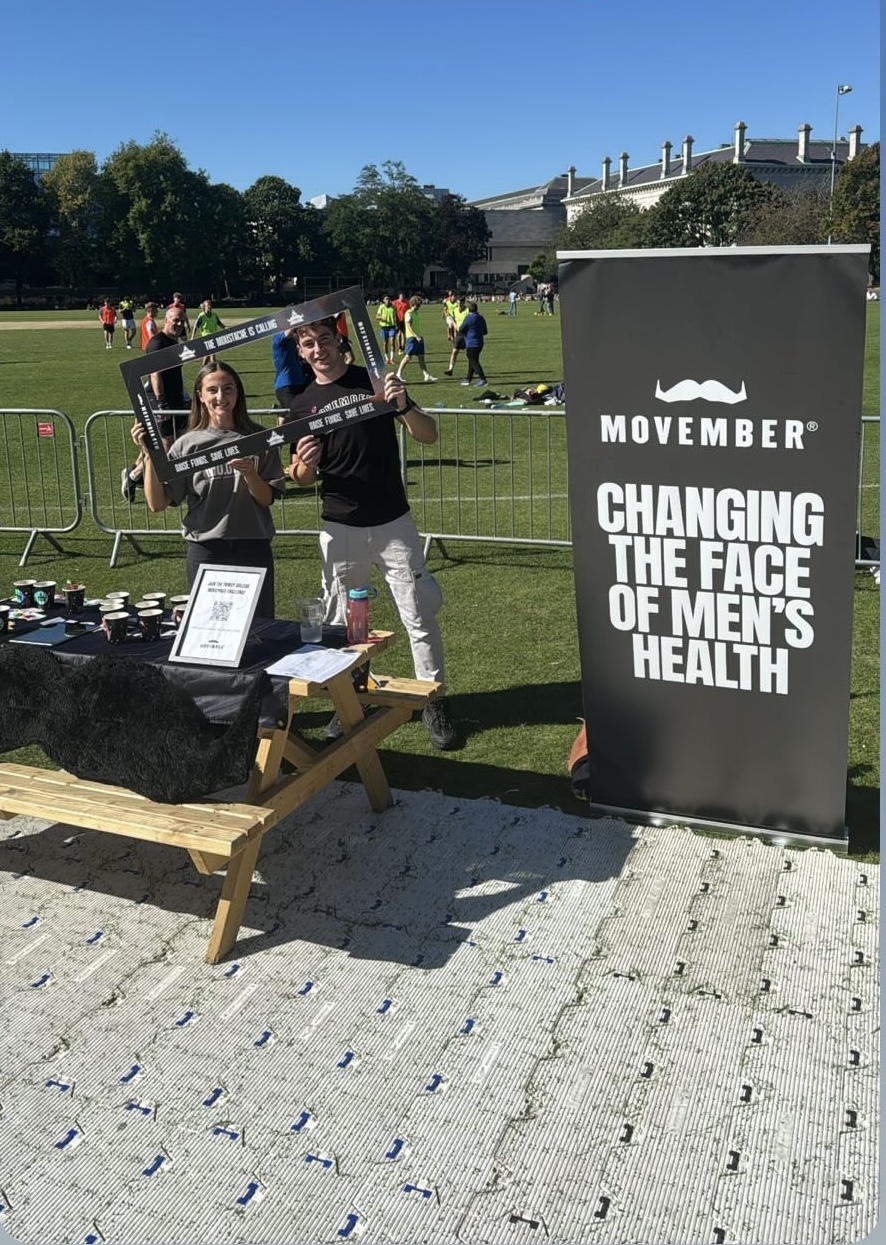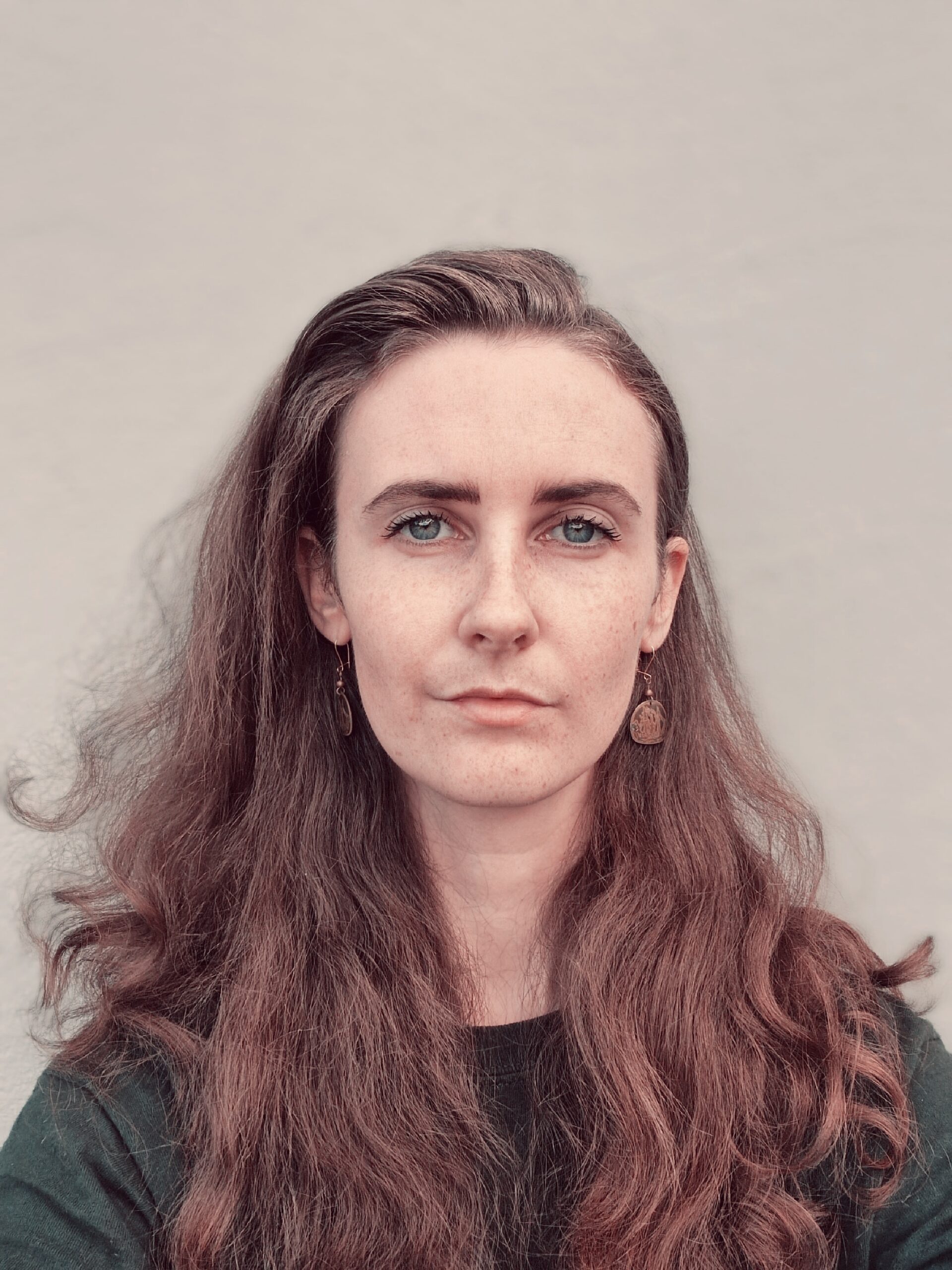Last Wednesday, sex education stormed back onto the political radar as the British government announced that sex education and evolution were to be made part of the curriculum for five to eleven year olds in Great Britain. The new curriculum, designed after a widespread consultation process by the government’s chief primary advisor Sir Jim Rose, will come into effect from September 2011. The British Schools secretary, the rather comically named Ed Balls, also announced that all 15-year-olds will have to attend a year of sex education classes, with detailed instruction on contraception, sexually transmitted diseases and gay sex. Meanwhile in Spain, officials in the Spanish region of Extremadura have launched a campaign aimed at teaching young people about “sexual self-exploration and the discovery of self-pleasure”- or, in layman’s terms, the joys of masturbation. Sex is once again big news. This time, however, the focus has shifted from the magazine articles about chasing the elusive female orgasm or “Why bad sex is shortening your life” (apparently an orgasm a day keeps the doctor away. But don’t quote me on that.) to musings on the correct age to have sex and what we should be teaching our children.
Except in Ireland, that is. In the past few years, sporadic articles on sex education in Ireland have failed to generate interest or any level of institutional change. Officially, there is a sexual health program in place in Ireland but, frankly, its existence was news to me. Relationship and Sexuality Education (RSE) in post-primary schools has been part of the secondary school curriculum for the last thirteen years. However, a 2008 report on RSE showed that, alarmingly, only forty percent of schools implemented the programme effectively, thirty-six per cent with moderate levels of implementation. So, what happened to the final twenty four per cent
of schools in Ireland? Reliable statistics on sexual behaviour in Irish teenagers are hard to come by; there have been no nationwide studies so any variations between the East and West of the country, between city and rural areas can only be assumed or imagined. Surveys from three health boards show that twenty five per cent of Irish teenagers are sexually active by the age of fifteen. Meanwhile, the Crisis Pregnancy Agency has conducted several small-scale studies that have interviewed teenagers about their sexual behaviour. Most reported having their first sexual encounter at the age of fifteen and between twenty to thirty per cent of teenagers said they had experienced full intercourse. However, the problem here isn’t that teenagers are having sex in the first place. The problem is that they haven’t been equipped with the proper information to have sex safely. The survey from the Crisis Pregnancy Agency highlighted the level of ignorance among young people: teenagers stated that although the biological aspect was taught in their schools, there was no discussion about the emotions and relationships surrounding sex and little to no information on contraception, emergency contraception and the Irish laws on sex. The survey also revealed binge drinking as a big influence on their sexual behaviour. “The first time it wasn’t done properly, like. It was just when I was drunk… And I didn’t remember the next morning. I was told a week later”, was a typical comment from one youngster. Peer pressure is also a huge problem. Boys consider themselves more macho when they have lost their virginity and girls often do it so as not to be considered frigid and to please their partner. When Irish teenagers are having sex for the wrong reasons in such alarming numbers, I believe it’s safe to say that sex education has failed dramatically in this country.
In my 19 years of public education in this country I have never come across formalised sexual education. In primary school, my headmaster ensured that we had a sex education evening in 5th class at the age of 11. A woman came in to talk to us, armed with a projector and a slideshow of anatomical maps of body parts. Our parents were also invited and together we all sat in a darkened classroom; a room full of boys and girls who had yet to encounter deepening voices, masturbation and menstruation. This meeting formed the basis of all my prior knowledge on and encounters with sex and I will always be thankful that my primary school principal had the foresight and intelligence to organise it. When it came to secondary school, we didn’t have any formalised sex education. We did, however, have a chastity talk. Even as a wide-eyed girl of fifteen I knew that this going to be as helpful as praying for sexual guidance. Luckily, I bought magazines like Bliss, Sugar and Seventeen. The manager of my boarding school thought they were unsuitable for us but we hid them under our mattresses all the same, reading the agony aunt pages out loud to one another. “I’m going out with a guy who’s two years older than me and last night he asked me to give him a blowjob. The problem is I don’t know what a blowjob is. Please help!” It was those few years in the early noughties where the internet had yet to reach ubiquity: these problems might seem quaint now, but the truth was that we had just as much knowledge on the subject as the girls who wrote in to the magazine and, despite our occasional bravado, we needed sexual guidance as well.
Unfortunately the issue of sex education gets even more complicated when you cross the Atlantic. Under the administration of George Bush, annual funding of 168 million dollars was allocated for abstinence-only education. In the ten years between 1996 and 2006, America spent almost 1 billion dollars on abstinence-only education. Government funded programmes aside, abstinence movements are a veritable cultural phenomenon in certain parts of America, with groups such as ‘The Silver Ring Thing’ reaching popularity levels among young people previously reserved for sports teams or pop groups. Leslee Unruh is the founder and president of the National Abstinence Clearing House in Sioux Falls, South Dakota, and her take on the matter is typical of the (taxpayer funded) abstinence-only advocaters: “Sex after marriage is great. We’re not against sex, in the right place at the right time.” Condoms, she continues, are overrated. “We tell them condoms won’t protect your heart, that latex won’t stop human papilloma virus.” Unruh’s heart may be in the right place, but she is ignoring the fact that teenagers are going to have sex, whether you warn them about it or not. According to the Guttmacher Institute, nearly half (forty-six per cent) of all 15-19-year-olds in the United States have had sex at least once and of the 18.9 million new cases of STIs each year, 9.1 million (forty-eight per cent) occur among 15-24-year-olds. One could assume that with the democrats in the White House, Obama might spearhead a new sex education programme. His previous affirmations on the subject would certainly indicate a healthy disdain for abstinence-only education. Speaking in 2007, he said “Keep in mind: I honor and respect young people who choose to delay sexual activity. I’ve got two daughters, and I want them to understand that sex is not something casual. That’s something that we definitely want to communicate and should be part of any curriculum. But we also know that when the statistics tell us that nearly half of 15 to 19 year olds are engaging in sexual activity, that for us to leave them in ignorance is potentially consigning them to illness, pregnancy, poverty, and in some cases, death.” However, Obama said this in 2007 when he was still a Senator and it remains to be seen whether he will be willing to risk approaching this political hot potato during his stint in the West Wing.
I could probably fill this entire paper with statistics and surveys from all over the world that back up my argument. However, statistics aside, I really just feel sorry for teenagers growing up today. Sex is everywhere. It’s in the newsagents, looking down from the cover of men’s magazines. It’s on our tv screens, it’s in our music videos. It’s on our computer screens, tempting us to “click here”. We live in a highly sexualised culture; a candyland of sex. Yet behind this shiny sexy surface image lurks a more troubling reality. Young people – hormonal teenagers – are being sent incredibly mixed messages. On the one hand they are encouraged to consume this culture, to inhale the music videos, the Playboy merchandise, the sexy magazines. But on the other hand, there is no formalised structure within which they can learn about sex, and where there is it is, more often than not, telling them that they shouldn’t even be having sex. Without a proper sex education programme that is implemented in 100 percent of schools, this country is doing a disservice to its young people. Sex is a fundamental part of being human and as such we need to be equipping young people with the right information: developing their emotional intelligence as well as the physical ins and outs (oho!) of the act itself. Instead, look but don’t touch is the mantra. This approach is evasive. It’s hypocritical. And it’s just unfair.






